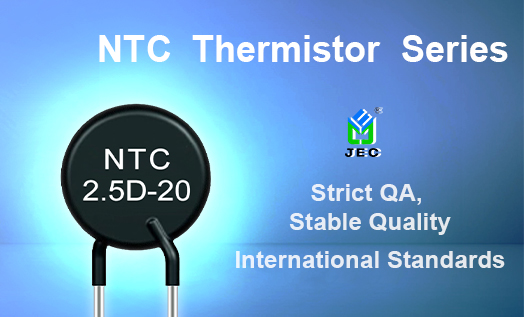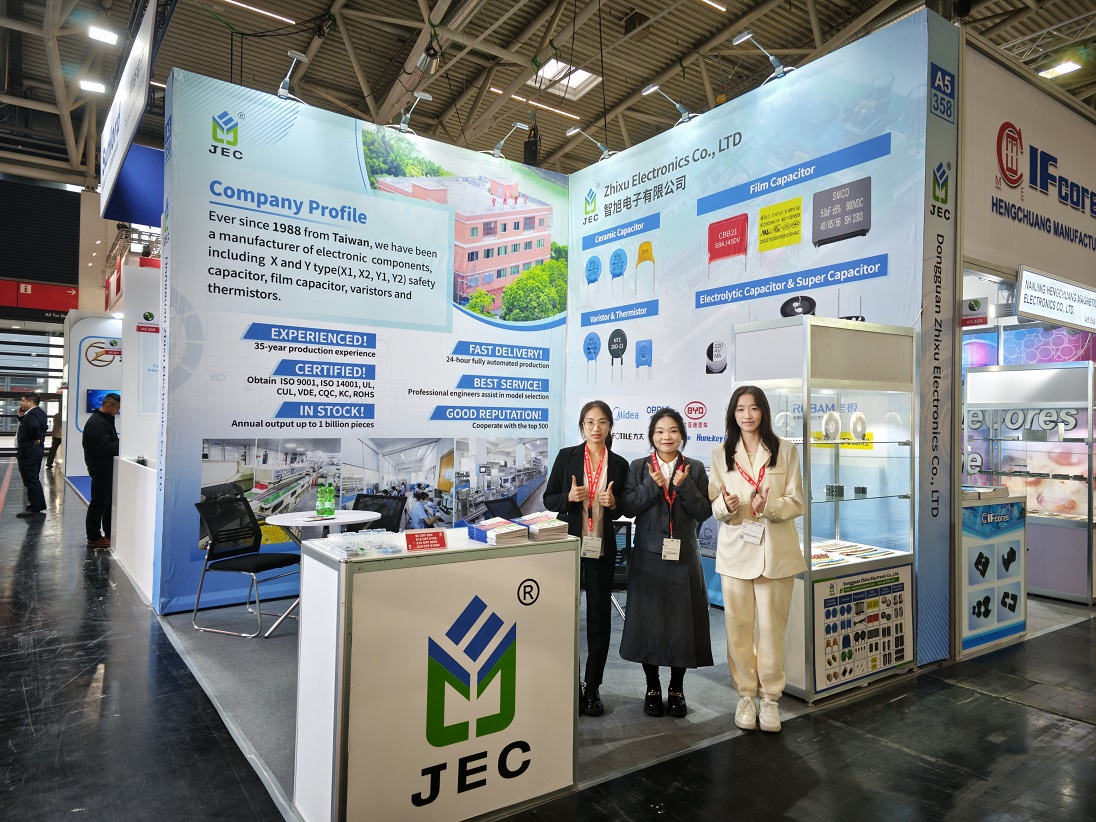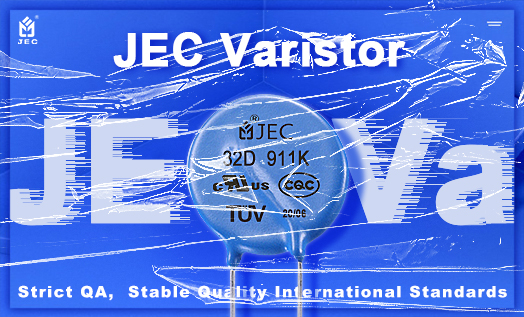Mar. 09, 2022
Thermistor is a common electronic component. Thermistor can be divided into two types according to different temperature coefficients: positive temperature coefficient thermistor and negative temperature coefficient thermistor. This article will tell you how to measure PTC and NTC thermistors.
The symbol of the thermistor in the circuit is RT or TH, which is mainly used in temperature measurement (temperature sensor) and circuit protection; the resistance value of the positive temperature coefficient thermistor increases with the increase of temperature, and the resistance value of the negative temperature coefficient thermistor decreases with the increase of temperature, both of them being semiconductor devices.
Measurement of Negative Temperature Coefficient Thermistor (NTC):
The method of measuring NTC thermistor with a multimeter is the same as the method of measuring ordinary fixed resistor. Therefore selecting an appropriate electrical barrier according to the nominal resistance value of the NTC thermistor can directly measure its actual value. However, because the NTC thermistor is very sensitive to temperature, the following points should be paid attention to when testing: the resistance of the thermistor is measured by the manufacturer when the ambient temperature is 25 °C, so when measuring the thermistor with a multimeter, it should also be carried out when the ambient temperature is close to 25 °C to ensure the reliability of the test. (During the test, do not pinch the thermistor body with your hands to prevent the human body temperature from affecting the test.)
Measurement of Positive Temperature Coefficient Thermistor (PTC):
When measuring, use the multimeter R×1 block and follow the two steps:
1) Normal temperature measurement (indoor temperature is close to 25°C); measure the actual resistance value of the two test pens contacting the two pins of the PTC thermistor, and compare it with the nominal resistance value. The difference between the two is within ±2Ω, which is normal. If the actual resistance value is too far away from the nominal resistance value, it means that the performance is poor or damaged.
2)Heating measurement; on the basis of the normal temperature test, the second step of the test - heating measurement can be carried out, a heat source (such as an electric soldering iron) is placed close to the PTC thermistor to heat it, and the resistance value is monitored with a multimeter. Observe to see whether the resistance value increases with the increase of temperature. If yes, it means that the thermistor is normal; if there is no change in the resistance value, it means that its performance has deteriorated and cannot be used continuously. Be careful not to place the heat source too close to the PTC thermistor or touch the thermistor directly to prevent burning it.
The above content is all about the measurement method of NTC and PTC thermistor. Hopefully you find it helpful. If you’re looking for electronic component manufacturer, Dongguan Zhixu Electronic Co., Ltd. (also JYH HSU(JEC)) should be a good choice for you. JEC has over 30 years of manufacturing experience in the electronic components industry. If you have technical questions or need samples, please contact us.
Previous: Advantages of Using a Supercapacitor

Matters Need Attention to When Measuring Thermistor
Mar. 09, 2022

JEC Debuts at the Electronica Munich
Mar. 09, 2022

How to Evaluate the Service Life of Varistors
Mar. 09, 2022
+86 181 2299 5593
+86 18122995593
+86 769 8831 3605
Beside Luchong Bridge, Hou Road, Caibai Village, Daojiao Town, Dongguan, Guangdong, China
Navigation